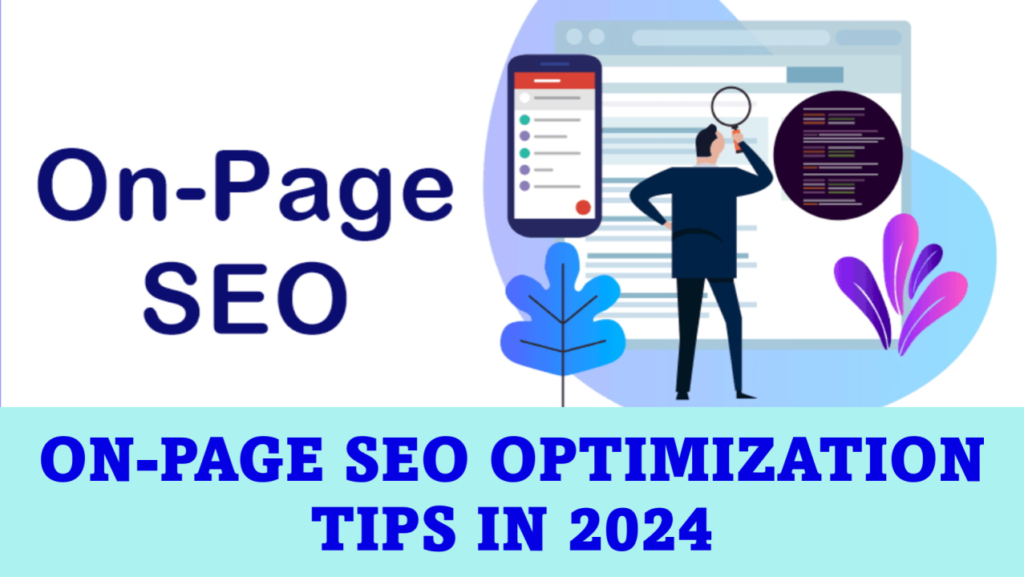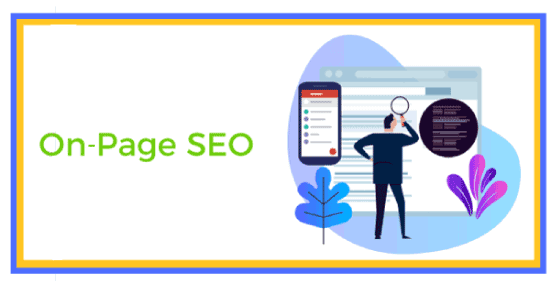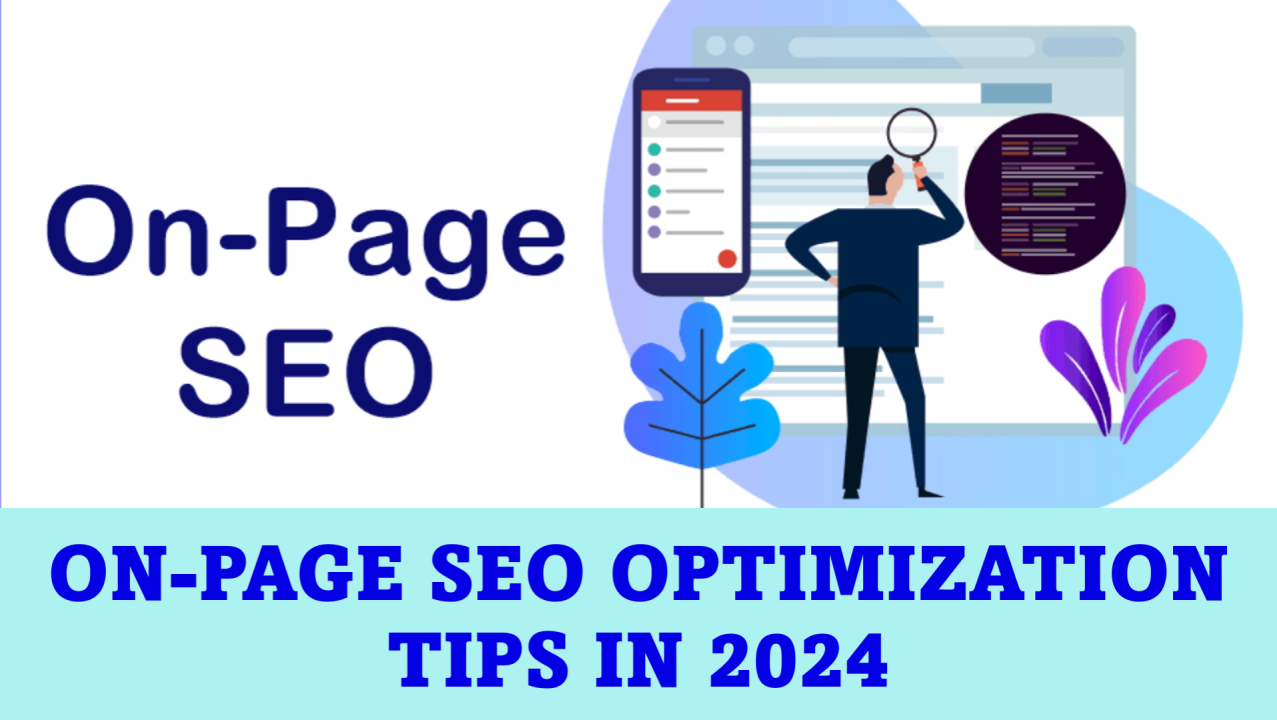On-Page SEO Guide To Rank On The First Page – 2024 Edition

Introduction Of On-Page SEO
A number of people will visit websites that come up on the first page of search engines in the world of digital change For On-Page SEO:. The quest for visibility is dependent on the art and the science of SEO, which stands as one of its fundamental legs in this crusade On-Page SEO.
1. Keyword Research For On-Page SEO:
– Determine those keywords pertinent to your content.
– Explore options such as Google Keyword Planner for high-traffic but not too competitive words.
– Look at long-tail keywords for more particular focus.
2. Title Tag For On-Page SEO:
– Use your main keyword and focus on the title tag.
– Make sure that you make it to 60 characters because that is how it will display on your search result.
– Create a catchy, engaging headline that will pull people in.
3. Meta Description For On-Page SEO:
– Create a compact meta tag of about 150 to 160 words containing your key phrase.
– Be convincing enough to improve click-through rates.
4. URL Structure:
– Use relevant keywords in your URL creation.
– Separate the words with hyphen and make it brief but informative
5. Header Tags (H1, H2, H3, etc.):
– Have one H1 tag as the headline.
– Use H2, H3, and other header tags to organize content.
– These should however contain relevant keywords.
6. Content Quality For On-Page SEO:
– Produce high-quality, valuable content.
– Go for in depth research and comprehensive articles.
– Natural language, not optimized for keywords.
7. Keyword Placement For On-Page SEO:
– Ensure that you have mentioned your target keyword in the first 100 words of the content.
– Scatter different instances of the keyword in the content organically.
8. Image Optimization
– Provide descriptive names for the images.
– Include relevant keywords in alt text.
– Reduce image size to increase page load speed.
9. Internal Linking For On-Page SEO:
– Connecting to other useful pages within your website.
– Use descriptive anchor text.
– Have an efficient organization and easy navigation.
10. External Linking For On-Page SEO:
– Referring to reliable and credible external sites.
– Putting in follow tags for affiliate links.
– Make sure that links in other pages open into another window or tab.
11. Mobile Optimization:
– Create a responsive design for your site.
– Google prioritizes mobile-first indexing.
12. Page Loading Speed:
– First, you can optimize your images and second, you will need to make use of browser caching.
– Reduce CSS, JavaScript, and HTML resources.
– In case it is important use such system as CDN.
13. Social Media Integration For On-Page SEO:
– Add social media buttons, as this will encourage social sharing.
– Prepare excerpts for social networks.
14. User Experience (UX):
– Ensure that it features a simple and straightforward design and structure.
– Content has to be of high quality and reduce bounce rates.
– Enhance readability with proper formatting.
15. Schema Markup For On-Page SEO:
– Add extra value through schema markup for helping search engines understand information better.
16. Regular Content Updates For On-Page SEO:
– Your business content should always be in line with current trends and information.
– Regularly publish fresh, valuable content.
17. Google Analytics and Search Console For On-Page SEO:
– Ensure that you place Google Analytics on your website and monitor its flow of traffic.
– Use search console provided by Google to monitor the performance of your site on search results.
18. Secure Website (HTTPS):
– Use HTTPS to enable a safe connection.
– HTTPS is considered by Google as a ranking factor.
19. User Engagement Metrics
– Go for higher visit durations and shorter exit percentages.
– Encourage comments and social shares.
Conclusion
These are some of the on-page SEO tips that you should observe so that you can improve your site’s visibility and possibly be listed in the page one SERP. Remember, SEO is a continuous effort thus, continuously review and adjust strategy basing on your outcome and industry updates.



Post Comment